Review of the Day: Cloud and Wallfish by Anne Nesbet
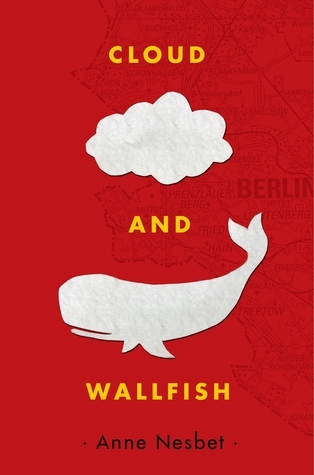 Cloud and Wallfish
Cloud and Wallfish
By Anne Nesbet
Candlewick Press
$16.99
ISBN: 978-0-7636-8803-5
Ages 9-12
On shelves now
Historical fiction is boring. Right? That’s the common wisdom on the matter, certainly. Take two characters (interesting), give them a problem (interesting), and set them in the past (BOOOOOORING!). And to be fair, there are a LOT of dull-as-dishwater works of historical fiction out there. Books where a kid has to wade through knee-deep descriptions, dates, facts, and superfluous details. But there is pushback against this kind of thinking. Laurie Halse Anderson, for example, likes to call her books (Chains, Forge, Ashes, etc.) “historical thrillers”. People are setting their books in unique historical time periods. And finally (and perhaps most importantly) we’re seeing a lot more works of historical fiction that are truly fun to read. Books like The War That Saved My Life by Kimberly Brubaker Bradley, or One Crazy Summer by Rita Williams-Garcia, or My Near-Death Adventures by Alison DeCamp, or ALL of Louise Erdrich’s titles for kids. Better add Cloud and Wallfish by Anne Nesbet to that list as well. Doing what I can only characterize as the impossible, Nesbet somehow manages to bring East Germany in 1989 to full-blown, fascinating life. Maybe you wouldn’t want to live there, but it’s certainly worth a trip.
His name is Noah. Was Noah. It’s like this, one minute you’re just living your life, normal as you please, and the next your parents have informed you that your name is a lie, your birth date is wrong, and you’re moving to East Berlin. The year is 1989 and as Noah (now Jonah)’s father would say, there’s a definite smell of history in the air. His mother has moved the family to this new city as part of her research into education and stuttering (an impediment that Noah shares) for six months. But finding himself unable to attend school in a world so unlike the one he just left, the boy is lonely. That’s why he’s so grateful when the girl below his apartment, Claudia, befriends him. But there are secrets surrounding these new friends. How did Claudia’s parents recently die? Why are Noah’s parents being so mysterious? And what is going on in Germany? With an Iron Curtain shuddering on its foundations, Noah’s not just going to smell that history in the air. He’s going to live it, and he’s going to get a friend out of the bargain as well.
ADVERTISEMENT
ADVERTISEMENT
It was a bit of a risk on Nesbet’s part to begin the book by introducing us to Noah’s parents right off the bat as weirdly suspicious people. It may take Noah half a book to create a mental file on his mom, but those of us not related to the woman are starting our own much sooner. Say, from the minute we meet her. It was very interesting to watch his parents upend their son’s world and then win back his trust by dint of their location as well as their charm and evident love. It almost reads like a dare from one author to another. “I bet you can’t make a reader deeply distrust a character’s parents right from the start, then make you trust them again, then leave them sort of lost in a moral sea of gray, but still likable!” Challenge accepted!
Spoiler Alert on This Paragraph (feel free to skip it if you like surprises): Noah’s mom is probably the most interesting parent you’ll encounter in a children’s book in a long time. By the time the book is over you know several things. 1. She definitely loves Noah. 2. She’s also using his disability to further her undercover activities, just as he fears. 3. She incredibly frightening. The kind of person you wouldn’t want to cross. She and her husband are utterly charming but you get the distinct feeling that Noah’s preternatural ability to put the puzzle pieces of his life together is as much nature as it is nurture. Coming to the end of the book you see that Noah has sent Claudia postcards over the years from places all over the world. Never Virginia. One could read that a lot of different ways but I read it as his mother dragging him along with her from country to country. There may never be a “home” for Noah now. But she loves him, right? I foresee a lot of really interesting bookclub discussions about the ending of this book, to say nothing about how we should view his parents.
As I mentioned before, historical fiction that’s actually interesting can be difficult to create. And since 1989 is clear-cut historical fiction (this is the second time a character from the past shared my birth year in a children’s book . . . *shudder*) Nesbet utilizes several expository techniques to keep young readers (and, let’s face it, a lot of adult readers) updated on what precisely is going on. From page ten onward a series of “Secret Files” boxes will pop up within the text to give readers the low-down. These are written in a catchy, engaging style directly to the reader, suggesting that they are from the point of view of an omniscient narrator who knows the past, the future, and the innermost thoughts of the characters. So in addition to the story, which wraps you in lies and half-truths right from the start to get you interested, you have these little boxes of explanation, giving you information the characters often do not have. Some of these Secret Files are more interesting than others, but as with the Moby Dick portions in Louis Sachar’s The Cardturner, readers can choose to skip them if they so desire. They should be wary, though. A lot of pertinent information is sequestered in these little boxes. I wouldn’t cut out one of them for all the wide wide world.
Another way Nesbet keeps everything interesting is with her attention to detail. The author that knows the minutia of their fictional world is an author who can convince readers that it exists. Nesbet does this by including lots of tiny details few Americans have ever known. The pirated version of The Wonderful Wizard of Oz that was disseminated for years throughout the German Democratic Republic? I had no idea. The listing of television programs available there? Very funny (did I mention the book is funny too?). Even the food you could get in the grocery store and the smell of the coal-choked air feels authentic.
ADVERTISEMENT
ADVERTISEMENT
Of course, you can load your book down with cute boxes and details all day and still lose a reader if they don’t relate to the characters. Noah could easily be reduced to one of those blank slate narrators who go through a book without a clear cut personality. I’m happy to report that this isn’t the case here. And I appreciated the Claudia was never a straight victim or one of those characters that appears impervious to the pain in her life. Similarly, Noah is a stutterer but the book never throws the two-dimensional bully in his path. His challenges are all very strange and unique to his location. I was also impressed by how Nesbet dealt with Claudia’s German (she makes up words or comes up with some Noah has never heard of and so Nesbet has the unenviable job of making that clear on the page). By the same token, Noah has a severe stutter, but having read the whole book I’m pretty sure Nesbet only spells the stutter out on the page once. For every other time we’re told about it after the fact or as it is happening.
I’ve said all this without, somehow, mentioning how lovely Nesbet’s writing is. The degree to which she’s willing to go deep into her material, plucking out the elements that will resonate the most with her young readers, is masterful. Consider a section that explains what it feels like to play the role of yourself in your own life. “This is true even for people who aren’t crossing borders or dealing with police. Many people in middle school, for instance, are pretending to be who they actually are. A lot of bad acting is involved.” Descriptions are delicious as well. When Claudia comes over for dinner after hearing about the death of her parents Nesbet writes, “Underneath the bristles, Noah could tell, lurked a squishy heap of misery.”
There’s little room for nuance in Nesbet’s Berlin, that’s for sure. The East Berliners we meet are either frightened, in charge, or actively rebelling. In her Author’s Note, Nesbet writes about her time in the German Democratic Republic in early 1989, noting where a lot of the details of the book came from. She also mentions the wonderful friends she had there at that time. Noah, by the very plot in which he finds himself, would not be able to meet these wonderful people. As such, he has a black-and-white view of life in East Berlin. And it’s interesting to note that when his classmates talk up the wonders of their society, he never wonders if anything they tell him is true. Is everyone employed? At what price? There is good and bad and if there is nuance it is mostly found in the characters like Noah’s mother. Nesbet herself leaves readers with some very wise words in her Author’s Note when she says to child readers, “Truth and fiction are tangled together in everything human beings do and in every story they tell. Whenever a book claims to be telling the truth, it is wise (as Noah’s mother says at one point) to keep asking questions.” I would have liked a little more gray in the story, but I can hardly think of a better lesson to impart to children in our current day and age.
In many way, the book this reminded me of the most was Katherine Paterson’s Bridge to Terabithia. Think about it. A boy desperate for a friend meets an out-of-the-box kind of girl. They invent a fantasyland together that’s across a distinct border (in this book Claudia imagines it’s just beyond the Wall). Paterson’s book was a meditation on friendship, just like Nesbet’s. Yet there is so much more going on here. There are serious thoughts about surveillance (something kids have to think about a lot more today), fear, revolution, loyalty, and more than all this, what you have to do to keep yourself sane in a world where things are going mad. Alice Through the Looking Glass is referenced repeatedly, and not by accident. Noah has found himself in a world where the rules he grew up with have changed. As a result he must cling to what he knows to be true. Fortunately, he has a smart author to help him along the way. Anne Nesbet always calls Noah by his own name, even when her characters don’t. He is always Noah to us and to himself. That he finds himself in one of the most interesting and readable historical novels written for kids is no small thing. Nesbet outdoes herself. Kids are the beneficiaries.
On shelves now.
Source: Galley sent from publisher for review.
Like This? Then Try:
- Bridge to Terabithia by Katherine Paterson
- The War That Saved My Life by Kimberly Brubaker Bradley
- Second Fiddle by Rosanne Perry
Professional Reviews:
Filed under: Best Books, Best Books of 2016, Reviews, Reviews 2016
About Betsy Bird
Betsy Bird is currently the Collection Development Manager of the Evanston Public Library system and a former Materials Specialist for New York Public Library. She has served on Newbery, written for Horn Book, and has done other lovely little things that she'd love to tell you about but that she's sure you'd find more interesting to hear of in person. Her opinions are her own and do not reflect those of EPL, SLJ, or any of the other acronyms you might be able to name. Follow her on Twitter: @fuseeight.
ADVERTISEMENT
ADVERTISEMENT
SLJ Blog Network
Notes on November 2024
Teenage Mutant Ninja Turtles/Naruto #1 | Review
The Seven Bills That Will Safeguard the Future of School Librarianship
Book Mail: Romantic Horror, a Magic School, Fake Dating, a Novel in Verse, and More!
ADVERTISEMENT




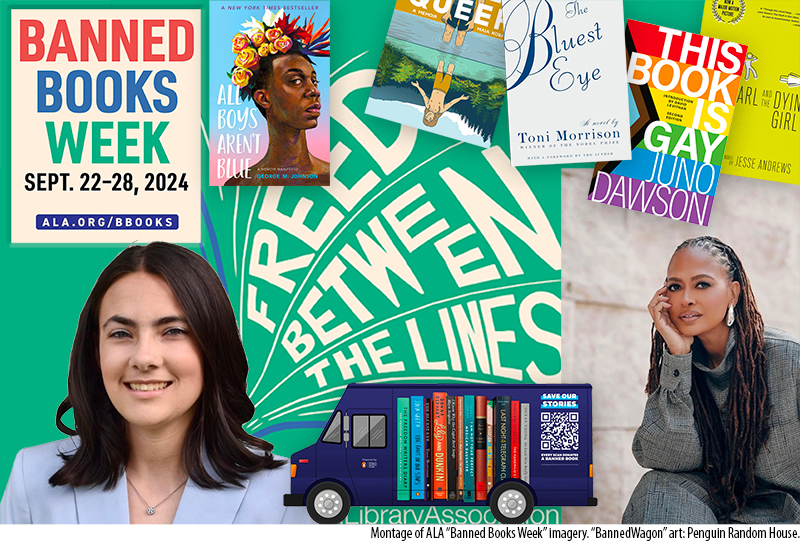
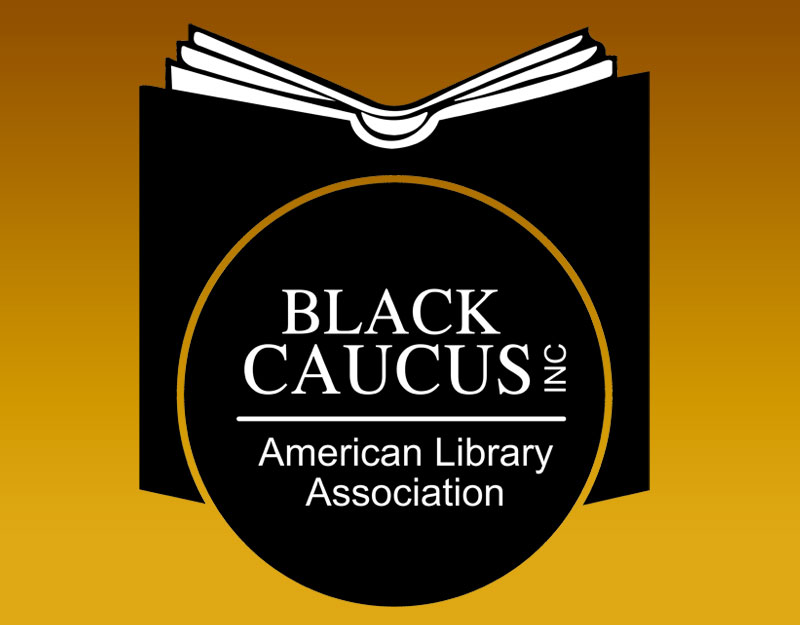
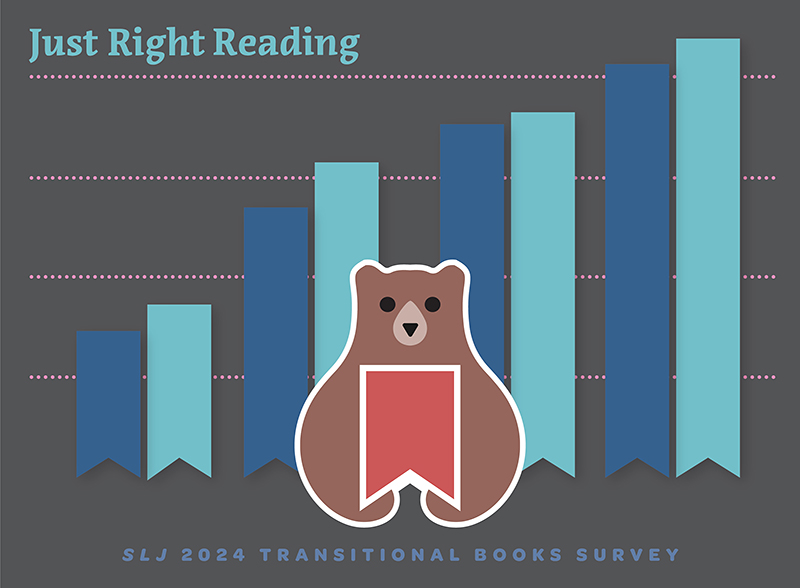
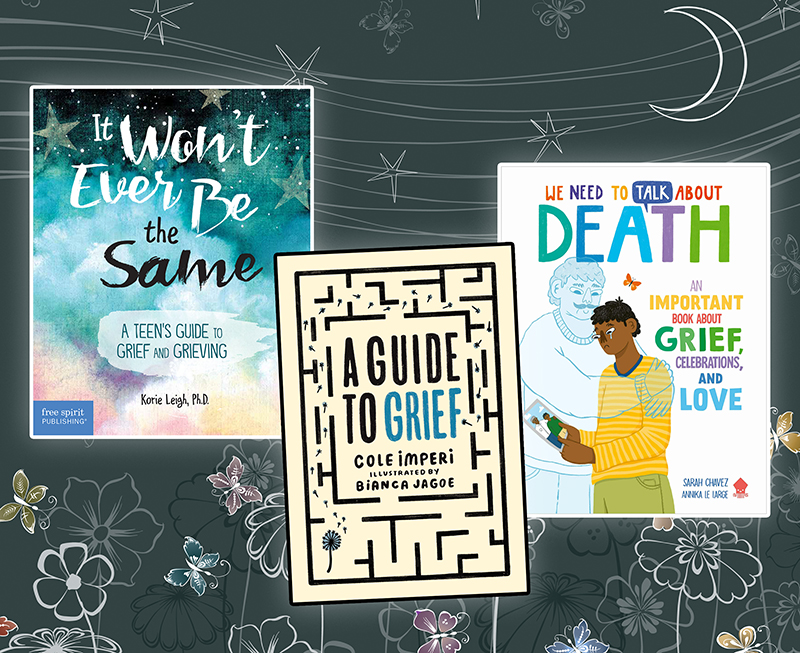
Glad to see your take on this one. Reviewed it for Horn Book and it is growing in my estimation the more I think about it. (I have firsthand experience living in West Germany as a child in the late 1950s and mid1960s. Went to East Berlin too.) One thing that I’ve been admiring more and more are the two narrators — there’s the solemn distant third person omniscient one that stays close to Noah/Jonah and then there is the livelier one in the Secret Files. They feel like two different people. I am intrigued by your take on the mother. Do you think child readers are going to see her as you do? I think they are going to be far more interested in Cloud than in her, other than vaguely wondering what she is up to. That is, I think her role is ominous and underlying all, but so subtle that I don’t think kids are going to be focused on it. I actually was wondering more about the father and is so-called mink farmer novel. A rich, rich reading experience indeed. Loving that it is getting attention this way — making me think it is a Newbery contender, something I hadn’t before:)
I think you’re right about my reading more into the mother than a child reader does. One of the things I liked so much about the book is the fact that the parents are simultaneously patronizing and convincing. Like Noah, the reader wants to believe them but, also like Noah, is willing to question what they say. I do hope they pay more attention to Cloud, like you say. The dad is utterly fascinating too. Good point!
I love that the fact boxes have a voice, providing information but adding to the mystery, too.
Roger, did you see my comment? Agree with you completely about those two distinctive narrative voices.
I confess that I never really noticed the two different voices until you guys pointed it out. Makes me want to reread the book all over again.
For what it’s worth, Roger, I only read the book when I did because I heard your mention of it on your podcast.